
Frequently asked questions
Read the answers to our Clients’ most frequently asked questions.
Preparation of files
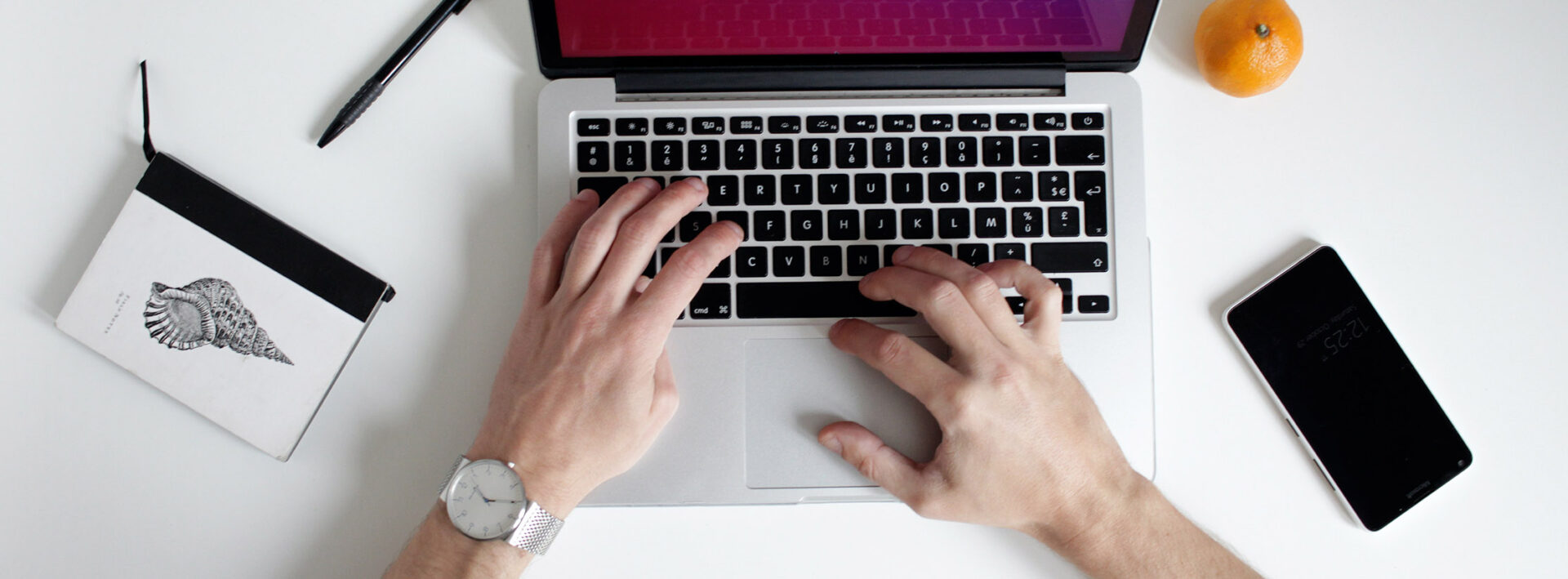
What are the requirements regarding files in the case of a laminated softcover with flaps? Is it enough to provide two pdf files: one with the cover layout and one with CMYK 300 dpi graphics of the actual size to match the cover layout, including 5 mm bleeds on each side? Is anything else required?
We do not need a file with the cover layout; such files are only intended for the customer so that the cover is appropriately planned and designed considering the type of binding and other book specifications. In order to print the book, we need a file with the cover design in the required dimensions and with 5 mm bleeds on each side. If any enhancements are to be used on the cover, we will need another file (or files): with the mask(s) for each enhancement. As stated in our guide: “All enhancements must be included in the same graphic design as the one used for your cover (taking into account the correct positioning of all additional elements, while maintaining the appropriate formats and margins.)”
Will there be a technical check of my files and what does it include?
A complete check of files submitted for printing is a standard procedure and is not additionally charged. We verify the materials according to the scope specified in our guide
Which format is best to send you files for printing?
The only acceptable format for any materials for printing is PDF.
How to prepare the files for printing?
This cannot be explained in one or two sentences. You will find a detailed guide on our website, where we outline our requirements in relevant sections. If you should have any doubts or additional questions, our team of professionals is always ready to help.
Order procesing
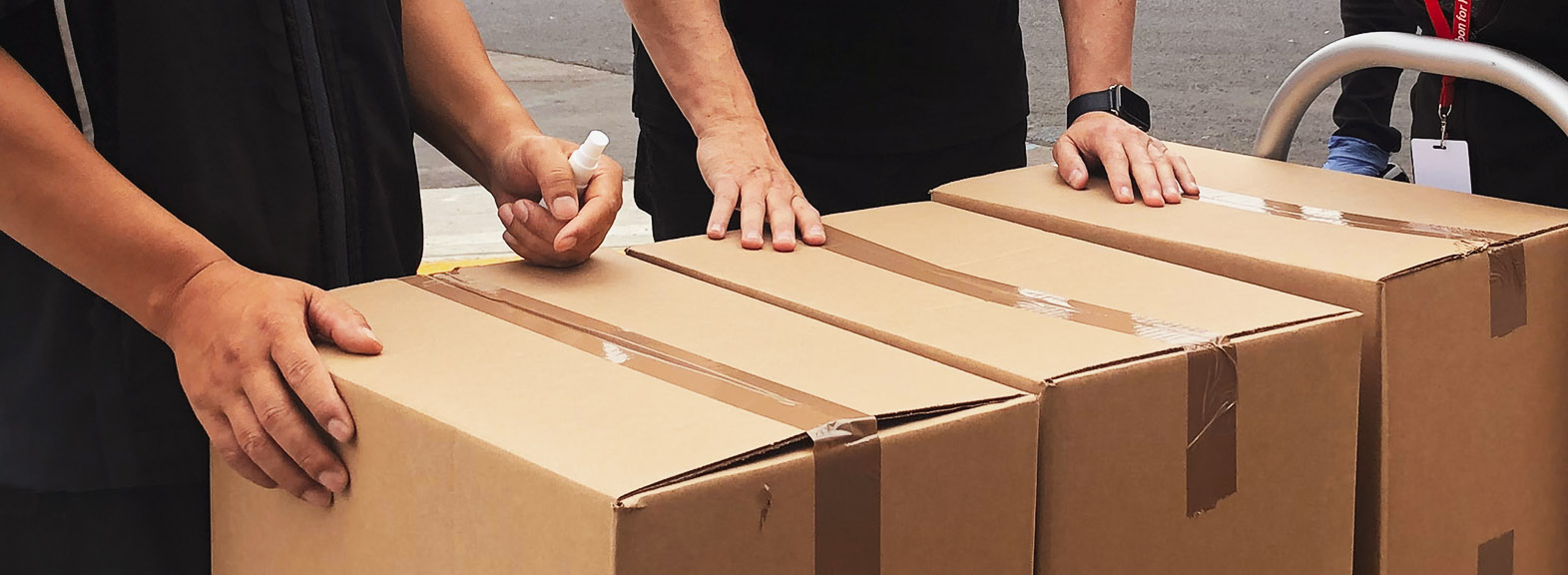
Can I change the files after the proof is printed?
Of course it is possible. We will not proceed with the production until the files are finally approved by the customer.
What is the soft proof?
It is a production file after a technical verification and checking of its compliance with the order, which includes a software report and any remarks made by the verifying specialist(s).
What is the smallest print run I can order?
We will accept an order for one copy, if requested, but we encourage you to check the prices for a bit bigger print runs. The efficient minimum order quantity is 30 copies.
Can the printed books be collected in person?
We do not normally provide this form of delivery, however in exceptional circumstances and upon prior agreement with your account representative, this can be arranged.
What delivery options do you offer?
The standard form of delivery is by courier service. Please note that shipping costs are always included in the base price. Other delivery options are possible by individual arrangement.
What is the lead time for an order?
The lead time depends on the current production workload and the nature and complexity of the order. Normally, in the low and medium seasons (February – July), jobs comprising simple binding are completed within 7 working days and up to 10 days in the case of complex binding. This is the turnaround time from the moment the files are accepted for printing. In the high season, these times can be extended to 10 and 15 working days, respectively.
Self-publishing
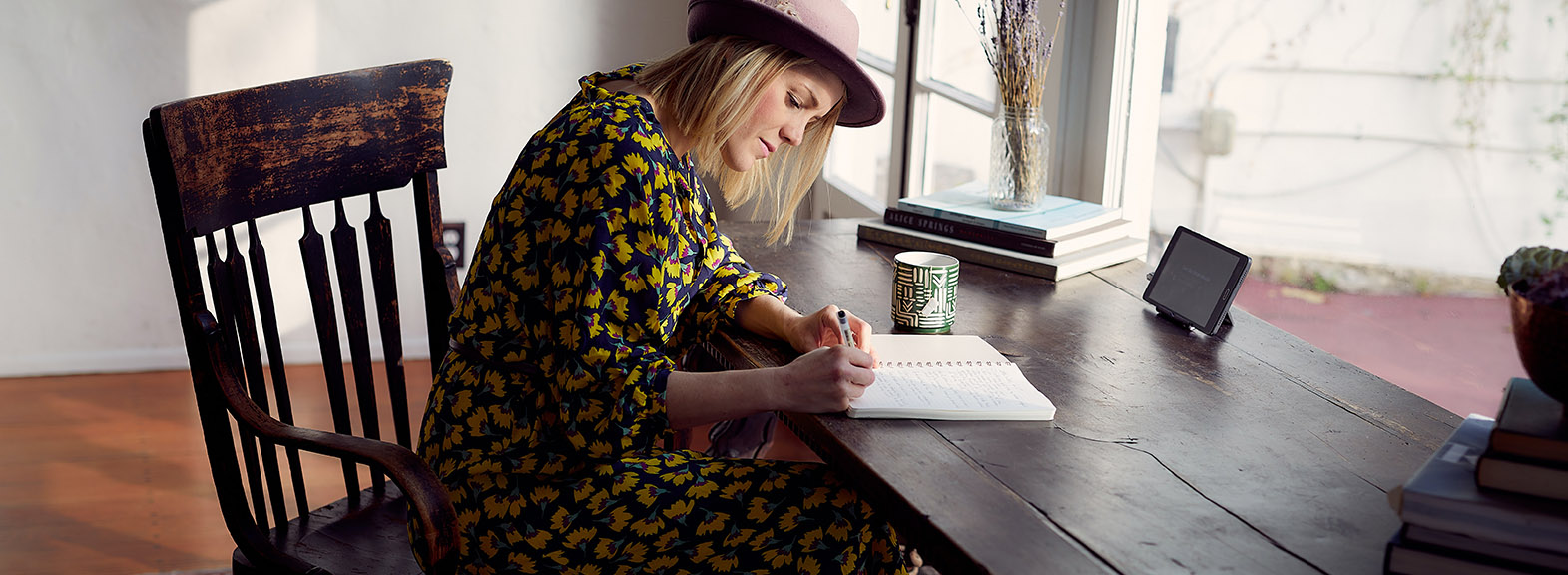
How much does it cost to produce a self-published book?
We can provide you with an estimated cost of your dream book. However, there are extra costs you may need to bear. Remember this when taking up the self-publishing option.
All depends on how many people you want to work with and how much and what kind of assistance you need. Normally, self-publishers work with editors and professional proof-readers. Don’t try cost-cutting by opting out of these services – an editor’s experience and a proof-reader’s keen eye will make sure your text is well-prepared and contains no errors. Your material also needs typesetting and folding and a cover design. You will easily find the professionals to support your self-publishing project on specialist printing and publishing websites.
How long is a quote valid?
The price estimate given by our printing house remains valid for 10 days. This is mainly due to the continuously-changing prices of paper, so we cannot guarantee price stability. Nevertheless, we always encourage making enquiries – we will be happy to advise on the best possible technical and cost solutions.
Remember – our price calculations do not commit you to anything.
What affects the final price most?
A lot depends on the type of binding, i.e. whether your cover is soft or hard, the book block sewn or glued, and on the format. There are significant differences between the prices of the various formats (A5, B5, A4 etc.). Remember that you can always ask for a quote in a few variants. The price gap between a unit price of a paperback printed in large numbers and a few copies of an album with an enhanced thread-sewn hardcover is enormous.
Make sure you ask about the price before the book is set and ready for printing, though. First, think about what the book will look like inside and out.
What shall I ask about in my first e-mail?
If your book is nearly finished and you’re getting ready to have it printed, you should specify a few parameters that are essential for the printing company to prepare a quote:
• Book format (book block dimensions in mm)
• Number of pages (without the cover)
• Colour scheme of the text block: black-and-white or colour
• Type of paper for your book (if you aren’t familiar with the types you can describe it and say if you want it bright white/slightly cream white, very smooth/recycled paper, standard thickness etc.)
• Type of binding (hard- or softcover, sewn/glued book block)
• Print run (number of copies).
What should an aspiring self-publisher consider when looking for a printer?
First of all, try not to make one criterion the decisive factor, e.g. the lowest price or the fastest completion. A compromise between price, quality and delivery time is recommended.
We suggest finding out about other customers’ experiences and opinions on the printing company. These can be found using Google.
You can also ask the printer for samples or examples of actual products and see for yourself the quality and materials offered.
I am new to the publishing business and I am working on my first book. What kind of assistance can I get from your printing company?
We have a lot of experience of working with novice publishers, start-ups and self-publishers. We will be happy to lead you through the whole production process, advising on the choice of materials and binding, and finding optimum solutions (also price-wise), so that your book meets all your expectations. We will send you paper and print sample books to facilitate your decisions regarding the ultimate form of your publication.
Can I order a cover design for my book, proofreading and composition?
We only undertake printing and do not provide editorial/DTP, prepress or proofreading services, as well as cover graphic design. However, we work with many companies that we can recommend to our customers.
What is the most economical B5 print size?
The optimal format is 165 x 235 mm, or a popular variation 170 x 240 mm. We strongly recommend not to use sizes close to 176 x 250 mm, as it generates a lot of paper waste and thus increases the costs of production. Also, it has a negative impact on the environment.
Can I order a proof from Totem?
Of course! We offer printing proofs of softcover books and so-called labo prints of hardcovers (loose folded sheets without binding). It takes about a week to print and send a proof to the customer, so please consider this in the production timeframe. Proofs are printed for a fee.
What is the best paper for my publication?
This question is too general to give a definite answer. When choosing the paper for the main part of the book, many aspects have to be considered, including the nature or type of publication, its purpose, dimensions, readers, and even the available budget. First, we need to answer a few elementary questions, e.g. whether the paper should be white, cream or off-white, coated or uncoated, standard or recycled. Providing such descriptive details will be enough for us to suggest the best paper for your book.
Binding
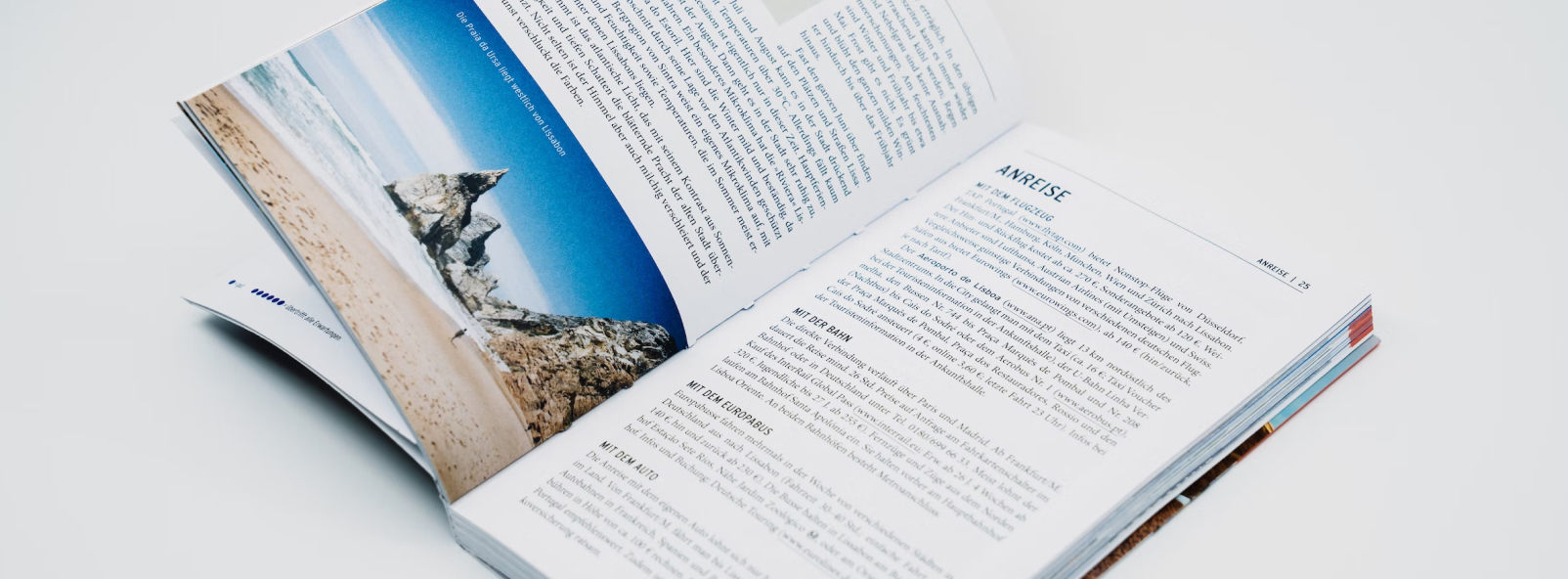
What is the price difference between a softcover and a hardcover?
It is impossible to provide a definite figure, because a number of factors affect the price, such as format, volume and print run. Assuming some average parameters: B5, 160 pages and 200 copies, a thread-sewn hardcover would be approx. PLN 5.00 (net) more expensive per copy than a perfect-bound softcover.
What is the difference between Wire-O and a screw-in PVC spiral?
The name itself says a lot about the main difference; the Wire-O is clamped on the spine, which means it is not completely closed and therefore pages cannot be fully turned around. The screw-in spiral is closed and enables turning pages around 360 degrees. The PVC spiral is practically indestructible, but about 2-3 times as expensive to make as the Wire-O.
I am hesitating between a thread-sewn and a perfect-bound hard cover. Which one should I choose?
We always recommend thread-sewing for hard covers. Thread-sewn covers ensure total durability and – above all – complete openabilty of the book block. Perfect binding is reserved only for thin paper.
Can I order a thread for my book in a colour other than white?
Of course. We offer a few dozen of thread colours. We actually recommend using customised colour, especially in open spine products. If the inside of the book contains black solids, we recommend a black thread.
Print enhancements
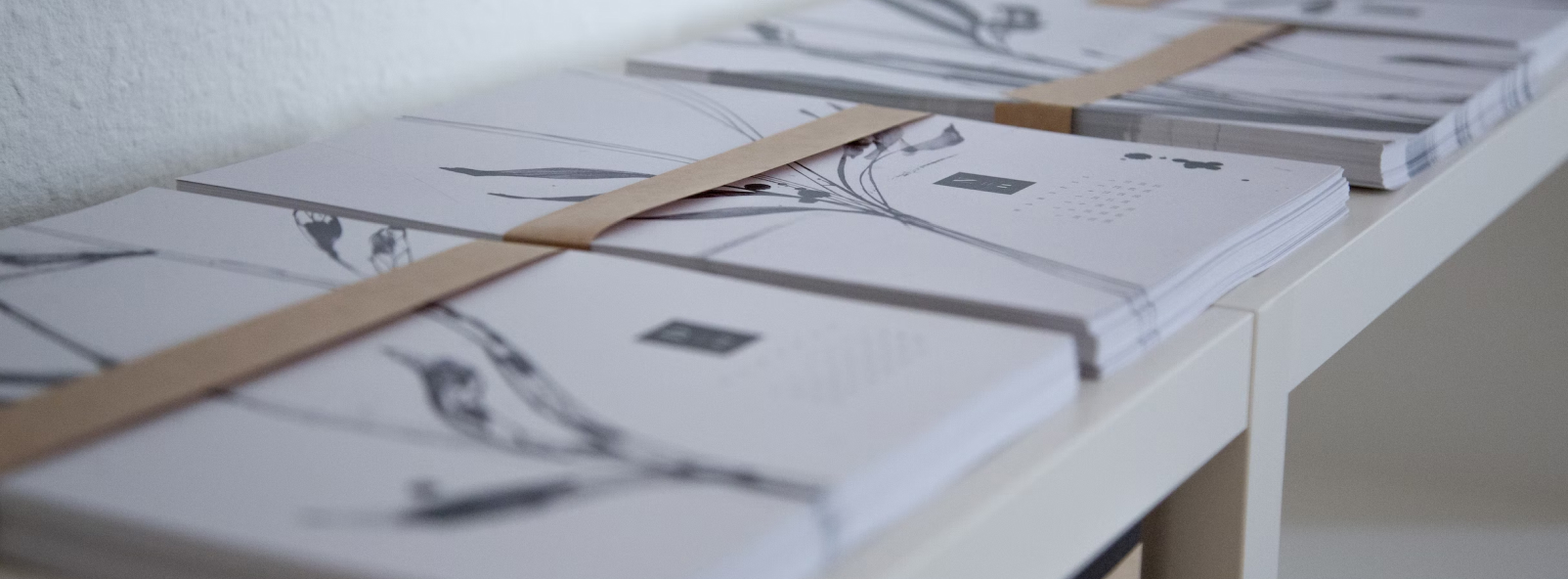
Are there any limitations on the use of varnish on the cover?
There are two, as described in our guide:
- In mask designs for 2D and 3D varnishing elements with a thickness of at least 0.25 mm can be used, placed with a minimum distance of 0.6 mm from each other.
- 3D varnish cannot be applied along the cropmarks, creases and on flaps.
I want my book to have the title on the spine enhanced with 3D varnish. How far from the edge should I place it?
The text on the spine to be varnished must be at least 1 mm from the edge. If metallised foil is used, this distance should be increased to 2 mm.
What are the exact dimensions of the largest element that can be coated with 3D varnish?
The larger the coated surface, the greater the risk of surface imperfections. We suggest coating no larger elements than 20 mm x 20 mm. For large surfaces we recommend laminating the area rather than varnishing.
How big can be the area to be coated with 3D varnish?
It is not recommended to apply 3D varnish in one solid, as it can ‘collapse’ in places and the end result will not be satisfactory. 3D varnish is best used on certain selected elements of the cover: text (title, author), decorative artwork or larger surfaces, if textured – like patterns imitating e.g. animal skin/leather, raindrops or the texture of a painting.
What is the maximum thickness of 3D varnish coat?
We can apply varnish up to 200 microns.
Can 2D/3D varnished elements touch hot-stamped foil elements?
Yes. The foil is applied first, and then comes the 2D or 3D varnishing.
On the Totem website 2D varnish is compared to screen printing. Does it mean that 2D elements can be in one colour only?
The comparison is to show similarities of the end results. It is a flat varnish, so when applied, the coated elements will remain flat and not perceptible to fingers, as it is in conventional varnishing methods. We can coat any graphics on the cover and in any colour (keeping in mind the limitations mentioned before). Only the design of the varnishing, i.e. the mask, must be prepared using one colour – 100% black.
Why shouldn’t metallised foil be applied to printed areas?
If you want to apply metallised foil to some artwork on the cover, you had better remove it from the print design. Although in principle there are no reasons to avoid such practices, the printed elements happen to ‘emerge’ from under the foil due to tiny displacements (sometimes by a fraction of a millimetre). The result is an undesirable impression of careless coating.
Can two metallised foils come into contact?
No. If there are two different foils in one line in the mask, the file must be corrected. Tests have shown that applying another foil so that it touches the other can damage the first one. Two different foils can be used but with a spacing of approx. 2-3 mm.
Does metallised foil need to include a bleed in the mask?
No. The area to be metallised must be offset 2 mm from the cropmark.
Can I have metallised foil hot-stamped on the creases?
Only small elements and not large surfaces.
Is it acceptable to first laminate with Soft Touch film, and then with a glossy film and metallised foil on top?
No. Only one type of foil can be applied over the entire area of the cover to laminate it. You can choose the Soft Touch foil, matte or glossy (note that 3D varnish does not really stand out if applied to glossy background). Silver or other colour foil can be applied to a laminated surface.
Is it possible to put 3D varnish and extra golden foil on the Soft Touch foil?
Yes. The Soft Touch foil can spot coated with 3D varnish. Here is an excerpt from the guide on our website: “To achieve the best 3D varnish effect, we recommend applying Soft Touch foil over the entire enhanced area”. Soft Touch foil can also be coated with metallised foil.
What are the available colours of foil?
Our standing offer comprises the following foils: golden, silver, red, navy blue, black and holographic films (laser and dot).
Can only one type of foil be used with 3D Touch?
No. Whether you want the cover to be enhanced digitally or using conventional hot stamping, a few kinds (colours) of foil can be used, but 3 are optimal.
What is the acceptable font size in the case of enhancements?
Whether you want to use 2D/3D varnish or a film, the font in the design must not be smaller than 8 pts. If a Soft Touch film is to be applied to the whole surface of the cover (as we recommend), the font in the texts subject to enhancements by means of varnish or film coating cannot be smaller than 6 pts.
What kind of files should be sent to have the cover enhanced? Do I need to prepare a visualisation?
Firstly, remember to send the main production file, i.e. the cover design in a file for printing (PDF). It is the most important file. Next, prepare mask files for the enhancements (e.g. 3D varnish mask, golden foil mask etc.). Make sure that each enhancement is in a separate file. Also, remember the note from our website guide: „All enhancements must be included in the same graphic design as the one used for your cover (taking into account the correct positioning of all additional elements, while maintaining the appropriate formats and margins.” Visualisation files (mockups) are not required.
Is the 3D Touch technology restricted to raised varnishes?
No. The technology allows for using a number of different enhancements: flat coating (2D), raised coating (3D), and colourful metallised foils.
How many enhancements can be used in a cover design?
As a matter of fact, as many as will fit on the cover. There are no technological constraints in this respect. We can use a few different types of varnish at the same time, and add hot foil stamping or embossing. However, note that using a lot of enhancements altogether does not necessarily make the final product more attractive or impressive.
Environmental policy
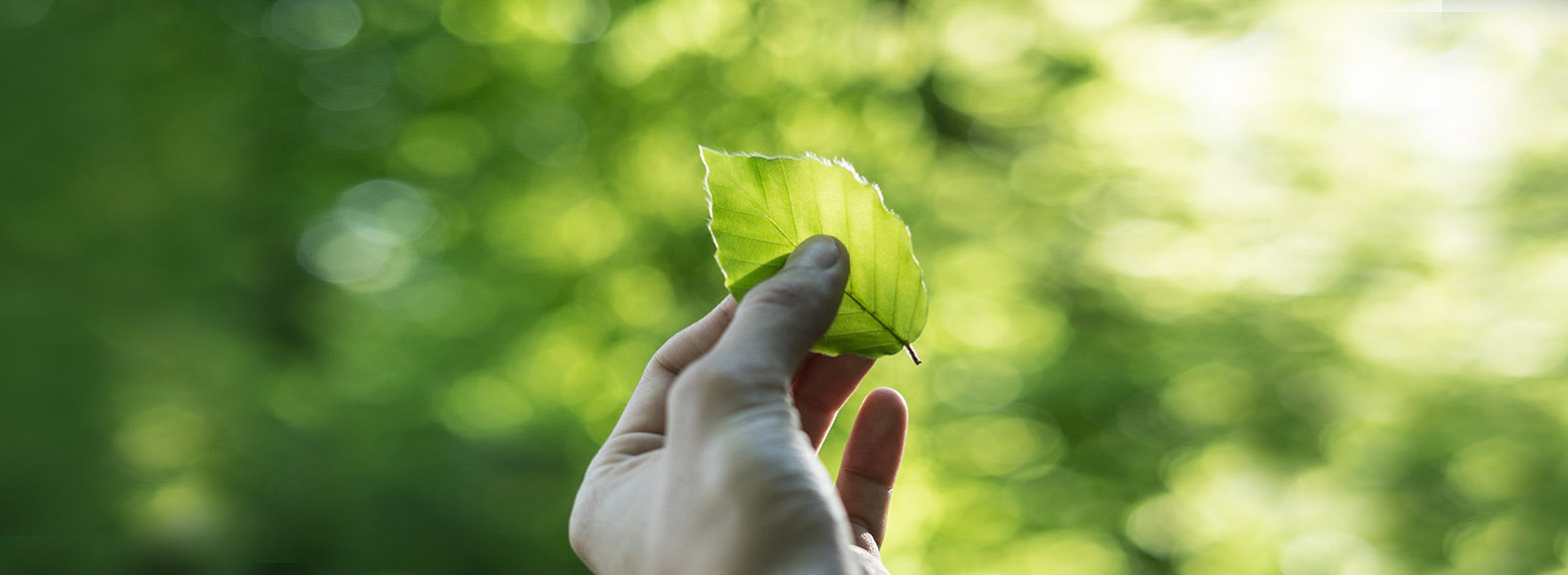
Is Totem environmentally certified?
We are greatly committed to ensuring that any products leaving our printing house are produced in as environmentally-friendly manner as possible. Digital printing alone is already considered to be ‘greener’ than conventional printing. We are FSC certified and we have a certificate confirming that 100% of energy used in our processes comes from renewable energy sources.